Connecting your Xiaomi phone to a Windows PC is a fundamental task for many users. Whether you need to transfer photos and videos, manage files, install applications, perform debugging, or even mirror your phone’s screen, establishing a reliable connection is key. While it might seem straightforward, users sometimes encounter minor hurdles due to driver issues, incorrect settings, or software preferences.
Xiaomi, a global technology giant, designs its MIUI (Xiaomi User Interface, now often referred to simply as HyperOS on newer devices) operating system, which is built on Android, to offer various connectivity options. The evolution of smartphone-to-PC connectivity has moved from simple USB mass storage to more sophisticated protocols like MTP (Media Transfer Protocol) and even wireless solutions. Understanding these methods ensures a smooth and efficient workflow between your Xiaomi device and your Windows computer. This guide will cover the most common and effective ways to connect your Xiaomi phone to your Windows PC, addressing potential issues along the way.
Method 1: Connecting via USB Cable (Most Common for File Transfer)
Connecting your Xiaomi phone via a USB cable is the most common and often the fastest way to transfer files.
Step 1: Gather Your Equipment
- Xiaomi Phone: Ensure your phone is charged sufficiently.
- USB Cable: Use a high-quality USB cable. Ideally, use the original cable that came with your Xiaomi phone as it’s designed for optimal performance. Ensure it’s the correct type (USB-A to USB-C or USB-A to Micro-USB, depending on your phone model and PC ports).
- Windows PC: A desktop or laptop running Windows 7, 8, 10, or 11.
Step 2: Connect the Phone to the PC
- Plug in the Cable: Connect one end of the USB cable to your Xiaomi phone’s charging port and the other end to an available USB port on your Windows PC.
Step 3: Select USB Connection Mode on Your Phone
Immediately after connecting, your Xiaomi phone will usually display a notification regarding the USB connection.
- Tap the Notification: Pull down the notification shade from the top of your phone screen. You will see a notification like “USB charging this device” or “USB for file transfer.” Tap on it.
- Choose “File Transfer” (MTP): From the options presented, select “File transfer” (also known as MTP – Media Transfer Protocol). Other common options include “No data transfer” (charging only), “PTP” (Photo Transfer Protocol), or “MIDI.” For general file management, “File transfer” is essential.
- Note: If you don’t see this notification, or if you need to change it later:
- Go to Settings on your phone.
- Search for “USB preferences” or “USB connection.”
- Alternatively, navigate to Settings > Connection & sharing > USB preferences (exact path may vary slightly by MIUI/HyperOS version).
- Select “File transfer”.
- Note: If you don’t see this notification, or if you need to change it later:
Step 4: Access Your Phone’s Storage on the PC
- Open File Explorer: On your Windows PC, open File Explorer (you can usually do this by clicking the yellow folder icon on the taskbar or pressing Windows key + E).
- Locate Your Device: In the left-hand pane of File Explorer, under “This PC” or “My Computer,” you should see your Xiaomi phone listed, often by its model name (e.g., “POCO F5” or “Redmi Note 12 Pro”).
- Browse Files: Double-click on your phone’s icon. You will typically see “Internal shared storage” or “Internal storage.” Double-click this to access your phone’s files and folders (e.g., DCIM for photos, Downloads, etc.).
- Transfer Files: You can now drag and drop files between your phone’s storage and your PC, just like with a USB drive.
Method 2: Connecting Wirelessly (Wi-Fi)
For convenience, especially for quick file transfers or when a USB cable isn’t handy, wireless connection methods are invaluable.
Option A: Using “ShareMe” (formerly Mi Drop)
ShareMe is a pre-installed Xiaomi app (or available on the Play Store) designed for fast file sharing between devices, including PCs.
- Install ShareMe on PC (Optional but Recommended): While not strictly necessary for file transfer, having a companion app or using a browser is possible. For full integration, you might look for PC versions of Xiaomi’s sharing tools or use built-in Windows features (see Option B).
- Open ShareMe on Phone: On your Xiaomi phone, open the ShareMe app.
- Tap “Connect to computer”: In the ShareMe app, look for an option like “Connect to computer” or “Webshare.”
- Select Connection Type: Choose between “Portable” (often uses an FTP server with a random password) or “Password protected” (you set a password). For security, “Password protected” is recommended.
- Note the FTP Address: Your phone will display an FTP address (e.g., ftp://192.168.1.5:8080).
- Access on PC:
- Open File Explorer on your Windows PC.
- In the address bar at the top, type the FTP address exactly as it appears on your phone and press Enter.
- If prompted, enter the username (usually “anonymous” or blank) and the password displayed on your phone.
- Browse and Transfer: You can now browse your phone’s files within File Explorer and drag/drop files wirelessly.
Option B: Using “Link to Windows” / “Phone Link” (Microsoft’s Solution)
For deeper integration, including notifications, messages, calls, and screen mirroring, Microsoft’s Phone Link app (formerly Your Phone) is an excellent choice. Xiaomi phones support this.
- On Your Windows PC:
- Open the Phone Link app (search for it in the Start menu).
- Select “Android” as your phone type.
- Follow the on-screen instructions to set up the connection. You’ll be prompted to go to your phone.
- On Your Xiaomi Phone:
- Most Xiaomi phones come with the “Link to Windows” feature built-in (often found in Settings > Connection & sharing or by searching in Settings).
- Open the “Link to Windows” feature.
- Scan the QR code displayed on your PC, or manually pair using a code.
- Grant the necessary permissions (notifications, messages, calls, media access).
- Confirm Connection: Once connected, your Xiaomi phone will appear in the Phone Link app on your PC, allowing you to manage various phone functions from your computer.
Method 3: Using Xiaomi PC Suite (Older Method / Specific Use Cases)
Xiaomi PC Suite was Xiaomi’s official desktop client for managing Xiaomi phones. While its active development and broad compatibility with newer MIUI/HyperOS versions have become less consistent (especially compared to universal Android file transfer or Microsoft’s Phone Link), some users might still find it useful for specific older devices or niche functions.
- Download & Install: Search online for “Xiaomi PC Suite” or “Mi PC Suite.” Download the installer from a reputable source (ideally Xiaomi’s official website if still available).
- Install on PC: Run the installer and follow the on-screen prompts to install the software on your Windows PC.
- Connect Phone: Connect your Xiaomi phone to the PC via USB.
- Enable USB Debugging (if required): For some advanced features of PC Suite, you might need to enable USB Debugging on your phone.
- Go to Settings > About phone.
- Tap on “MIUI version” (or “HyperOS version”) repeatedly (7-10 times) until “You are now a developer!” appears.
- Go back to Settings, then Additional settings > Developer options.
- Toggle “USB debugging” to On. Confirm any prompts.
- Launch PC Suite: Open the Xiaomi PC Suite application on your PC. It should detect your connected phone.
- Manage Phone: You can then use the PC Suite interface to manage contacts, messages, apps, backups, and more.
Troubleshooting Common Connection Issues
- “Device not recognized” or “Driver issue”:
- Check USB Cable: Try a different USB cable, preferably the original one.
- Try Different USB Port: Plug into a different USB port on your PC.
- Restart Both Devices: Restart your Xiaomi phone and your Windows PC.
- Update Drivers: In Windows Device Manager (search for “Device Manager” in Start), look for your Xiaomi device or “Android Device.” Right-click and choose “Update driver.” Sometimes installing ADB (Android Debug Bridge) drivers can help. Search for “Universal ADB Driver” online.
- Phone only charging, no file transfer option:
- Ensure you’ve selected “File transfer” (MTP) from the USB notification on your phone.
- Check your phone’s default USB configuration in Settings > Connection & sharing > USB preferences.
- “Could not connect via Wi-Fi” (ShareMe/FTP):
- Ensure both your phone and PC are connected to the same Wi-Fi network.
- Check for firewall restrictions on your Windows PC that might be blocking FTP connections.
- Double-check the FTP address and password.
- Phone Link app issues:
- Ensure “Link to Windows” is enabled on your Xiaomi phone.
- Check for updates for both the Phone Link app on your PC and the Link to Windows feature on your phone.
- Unlink and re-link the devices.
Conclusion
Connecting your Xiaomi phone to a Windows PC is a versatile process with multiple effective methods. For simple and fast file transfer, a direct USB connection with the MTP mode selected remains the most reliable. For wireless convenience and integrated features like notifications and screen mirroring, Microsoft’s Phone Link app offers a robust solution. While Xiaomi PC Suite serves specific older use cases, the native Android and Windows functionalities, combined with apps like ShareMe, provide ample options for seamless data management and interaction between your Xiaomi device and your Windows computer. Mastering these connection techniques will significantly enhance your mobile experience.
FAQ
Q1: What is MTP, and why is it important for connecting my Xiaomi phone?
MTP stands for Media Transfer Protocol. It’s the standard protocol used by Android phones, including Xiaomi devices, to allow a Windows PC to access and transfer media files (photos, videos, music) and other data stored on the phone’s internal storage or SD card. It allows the PC to see the phone as a media device rather than a simple storage drive, providing more stable and secure access.
Q2: My PC isn’t recognizing my Xiaomi phone when connected via USB. What should I do?
First, ensure you’ve selected “File transfer (MTP)” from the USB connection notification on your Xiaomi phone. If that doesn’t work, try these steps:
- Use a different USB cable (the original one is best).
- Try a different USB port on your PC.
- Restart both your phone and your PC.
- Check Device Manager on your PC for any driver issues (look for “Android Device” or your phone model with a yellow exclamation mark). You might need to manually update or install ADB drivers.
Q3: Can I mirror my Xiaomi phone screen to my Windows PC?
Yes! The most reliable way to mirror your Xiaomi phone screen to a Windows PC is by using Microsoft’s Phone Link app (formerly “Your Phone”). Ensure your Xiaomi phone has the “Link to Windows” feature enabled (often found in Settings > Connection & sharing) and follow the setup instructions in the Phone Link app on your PC. Other third-party screen mirroring apps are also available.
Q4: Do I need to install any special drivers for my Xiaomi phone on my Windows PC?
Generally, for basic file transfer (MTP), modern Windows PCs (Windows 10/11) will automatically install the necessary universal Android drivers when you connect your Xiaomi phone. However, if you encounter “device not recognized” issues, or if you plan to do advanced tasks like flashing ROMs or rooting, you might need to manually install Xiaomi ADB drivers or a universal Android driver package.
Q5: What is “Developer options” and “USB debugging” on my Xiaomi phone? Are they necessary?
Developer options is a hidden menu on Android phones that provides advanced settings for developers. USB debugging is an option within Developer options that allows your computer to communicate with your phone for purposes like debugging apps, accessing the phone’s shell, or using certain third-party tools (like older versions of Xiaomi PC Suite or ADB commands). For simple file transfer or using the Phone Link app, USB debugging is typically NOT required and should generally remain off for security reasons unless you know why you need it.
Q6: Can I transfer files wirelessly without installing any apps on my PC?
Yes. You can use the built-in ShareMe app on your Xiaomi phone’s “Connect to computer” feature. This generates an FTP address that you can simply type into your Windows PC’s File Explorer address bar. Your PC’s native file explorer can then connect to your phone over Wi-Fi without needing a dedicated app installation.
Q7: Is it safe to leave my Xiaomi phone connected to my PC for extended periods?
For charging, it’s generally safe. For file transfer, it’s fine for the duration of the transfer. However, for security and battery health, it’s a good practice to disconnect your Xiaomi phone from your Windows PC when you are not actively using the connection or transferring files, especially if you have enabled USB Debugging.

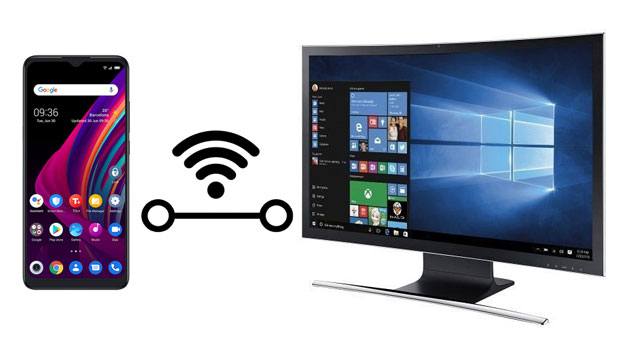
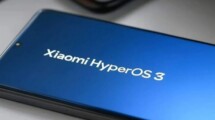


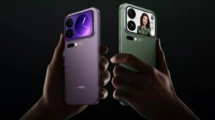
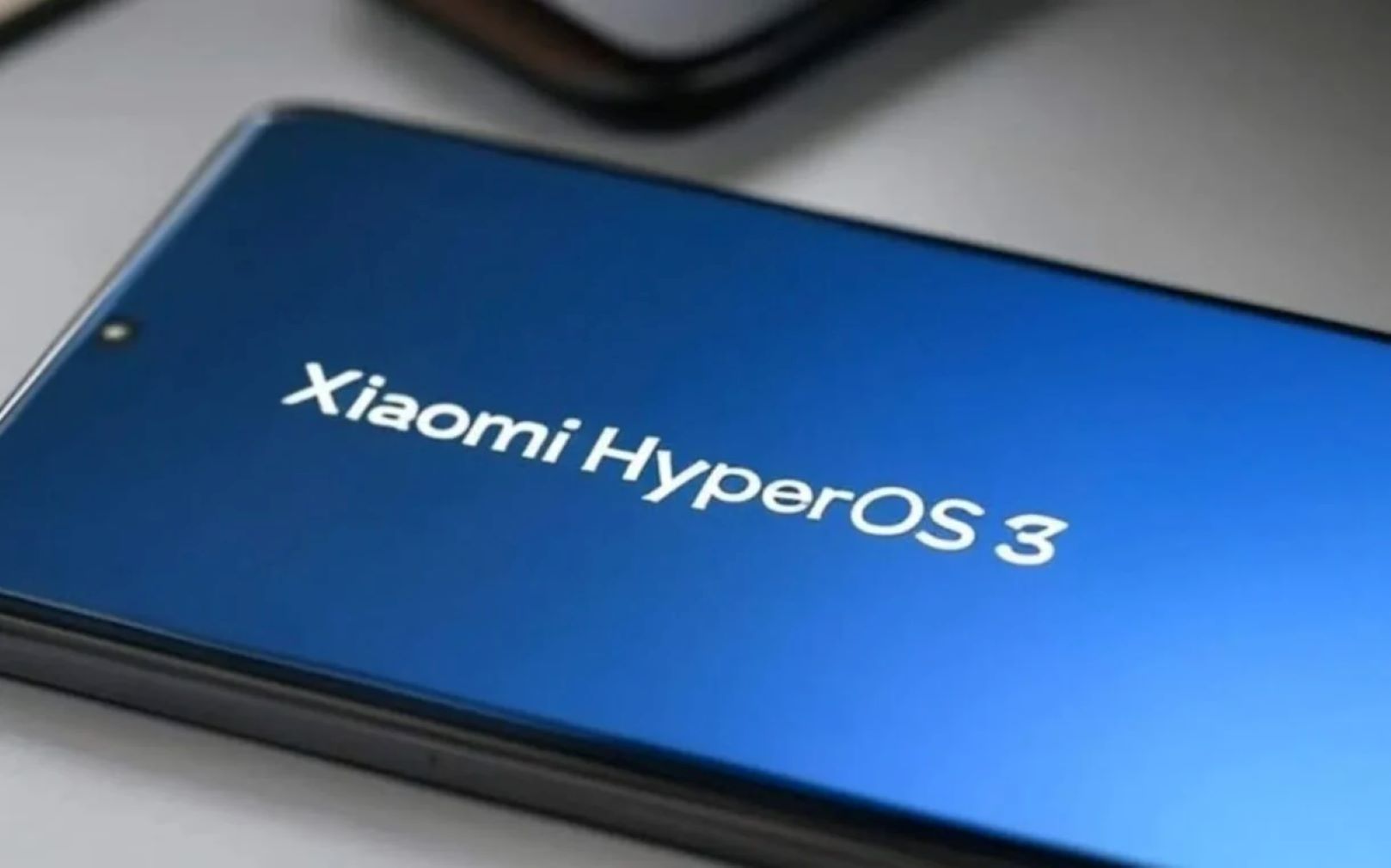

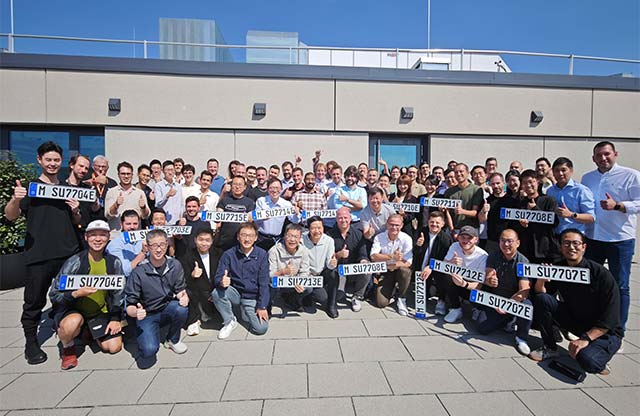
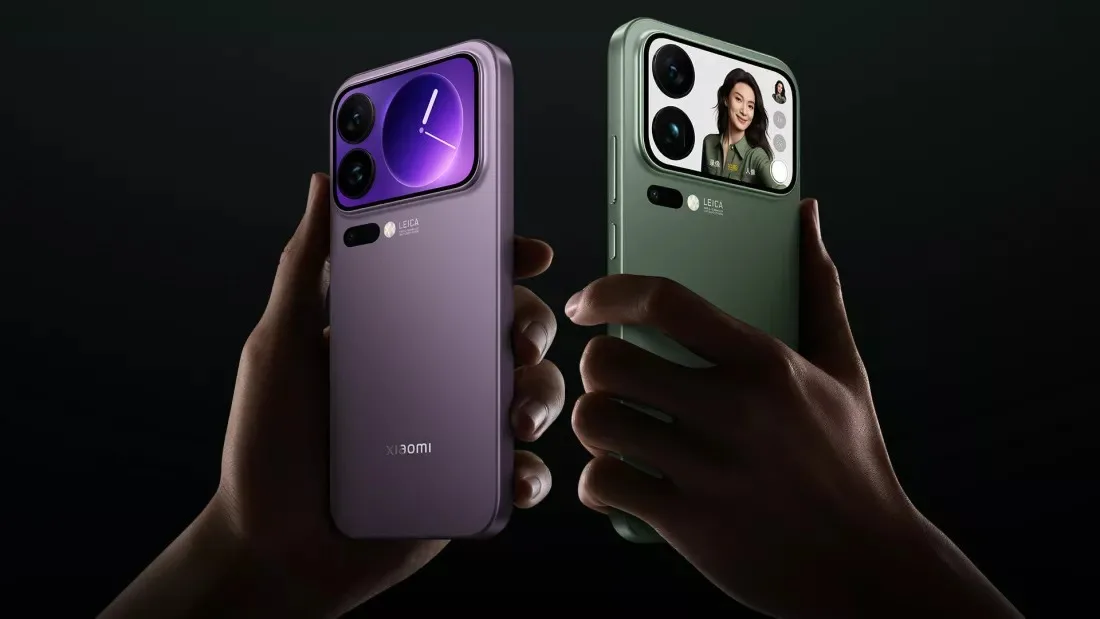
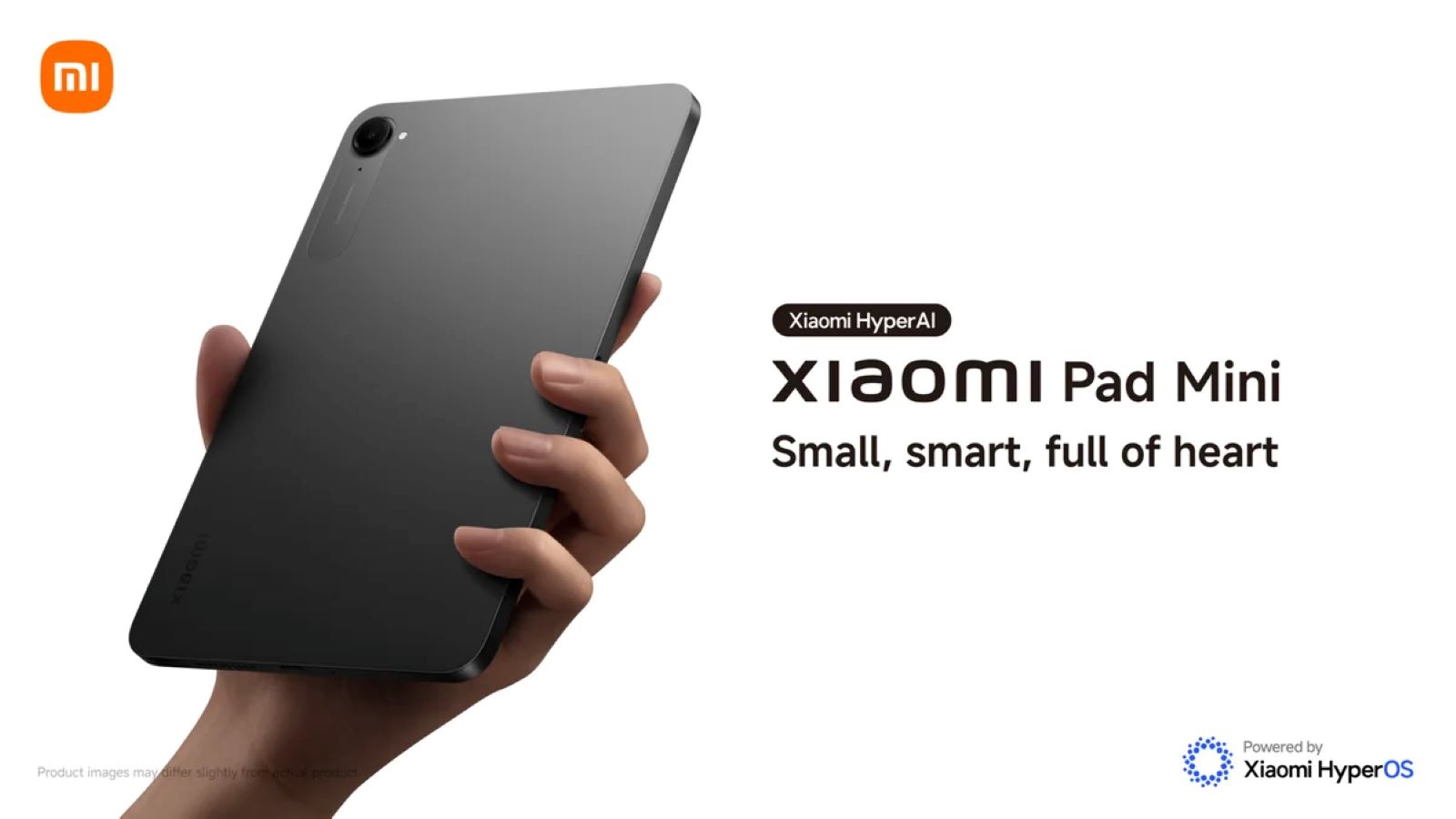
Add Comment